Understanding the Advantages of Using a CNC Metal Milling Machine for Precision Engineering
In the realm of precision engineering, the significance of utilizing advanced tools cannot be overstated. Among these tools, the CNC metal milling machine stands out as a revolutionary technology that has transformed the manufacturing landscape. This remarkable machine combines computer numerical control with high-precision metal milling, allowing engineers to achieve intricate designs and specifications with unparalleled accuracy. As industries demand higher efficiency and quality, understanding the advantages of a CNC metal milling machine becomes essential for professionals aiming to stay competitive.

This guide will explore the myriad benefits of employing a CNC metal milling machine in precision engineering, including enhanced productivity, improved material utilization, and superior finish quality, ultimately paving the way for innovative design solutions and streamlined manufacturing processes.
Benefits of CNC Metal Milling Machines in Precision Engineering
CNC metal milling machines have become indispensable in precision engineering, known for their ability to produce highly accurate components consistently. The precision they offer results from advanced technologies that allow for intricate designs and tight tolerances that traditional methods often struggle to achieve. With the industry's ongoing shift towards automation and smart manufacturing, these machines are driving significant growth in the market, projected to reach nearly $104 billion by 2032.
One of the key benefits of CNC milling machines is their versatility. They are capable of handling a variety of materials, including steel, aluminum, and plastics, making them suitable for diverse applications across industries. Their programmed nature minimizes human error, ensuring that each part is produced to specifications without the variations often associated with manual milling.
**Tips:** When selecting a CNC milling machine, consider the capabilities of the tool and its software compatibility. It's also beneficial to assess the machine's speed and accuracy specifications relative to your project needs. Regular maintenance of the machinery can ensure optimal performance and extend its lifespan, critical in sustaining precision in production processes.
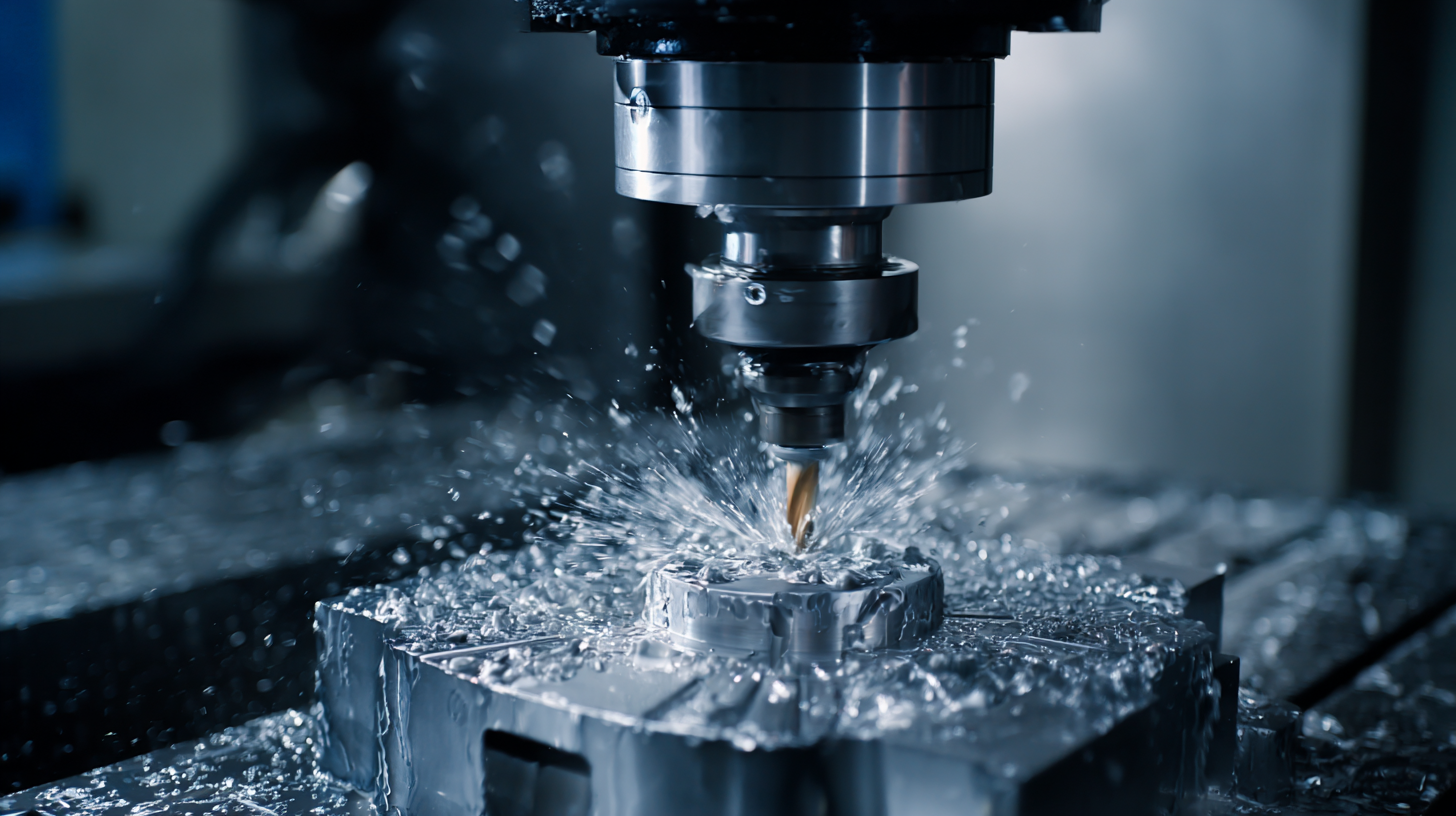
Key Features of CNC Milling Technology for Enhanced Accuracy
CNC milling technology offers a range of key features that enhance accuracy in precision engineering applications. One of the primary advantages is its ability to automate complex machining processes, resulting in consistently high precision. By utilizing advanced probing and inspection capabilities, manufacturers can significantly reduce setup times, which translates into improved efficiency and minimized production errors. The software integration within CNC systems allows for real-time data analysis, ensuring that any deviations from specified tolerances can be immediately addressed.
Moreover, the integration of digital twin technology in CNC manufacturing plays a crucial role in maintaining precision. This approach enables the simulation of machining processes in a virtual environment, allowing operators to optimize workflows and anticipate potential issues before they arise. The prediction of tool wear through intelligent algorithms, such as XGBoost combined with PSO-BP networks, further contributes to maintaining high precision levels by accurately forecasting the remaining useful life of milling tools. This proactive management of tooling conditions helps prevent unplanned downtime and ensures that operations remain efficient and cost-effective.
Understanding the Advantages of Using a CNC Metal Milling Machine for Precision Engineering - Key Features of CNC Milling Technology for Enhanced Accuracy
| Feature | Description | Advantages |
|---|---|---|
| High Precision | CNC milling machines are designed to produce parts at high precision levels with minimal tolerance. | Ensures that the final products meet strict specifications and reduces waste. |
| Automation | CNC machines allow for computer-controlled manufacturing processes, reducing the need for manual intervention. | Increases productivity and consistency in manufacturing processes. |
| Versatility | Able to handle various materials including metals, plastics, and composites. | Flexible manufacturing capabilities for different applications and industries. |
| Complex Geometries | Can create intricate shapes and designs that are difficult to achieve with conventional machining. | Enables innovation and advancement in product design and functionality. |
| Reduced Lead Times | Faster setup and production speeds than traditional methods. | Shortens time to market for new products. |
Cost-Effectiveness and Efficiency of CNC Metal Milling in Production
CNC metal milling machines have revolutionized the precision engineering landscape, providing unparalleled cost-effectiveness and efficiency in manufacturing processes. The advent of modern automation relies heavily on computerized systems that enhance both accuracy and speed, allowing manufacturers to significantly reduce waste and operational costs. By employing these advanced milling technologies, companies can optimize their production lines, ensuring high-quality outputs that meet stringent industry standards without compromising on budget.
Additionally, studies focusing on lightweight materials, such as ZE41 magnesium alloy, highlight the importance of sustainable machining practices. Optimizing machining processes through innovative methods, such as Intuitionistic Fuzzy TOPSIS, allows manufacturers to lower energy consumption and further decrease production costs. As industries increasingly adopt these technologies, the benefits of CNC metal milling become evident, providing a competitive edge in today's fast-paced manufacturing environment. With the ongoing evolution of CNC machining, the potential for enhanced efficiency and cost savings continues to expand, making it an attractive option for precision engineering applications.
Applications of CNC Milling in Various Engineering Fields
CNC (Computer Numerical Control) milling machines have become increasingly vital across various engineering fields due to their unmatched precision and efficiency. In 2018, the global machining center market was valued at $29.17 billion, with projections indicating a compound annual growth rate (CAGR) of 4.9% through to 2032. This growth reflects a broadening reliance on CNC technology to meet the demands of intricate manufacturing processes in sectors such as aerospace, automotive, and medical devices.
The applications of CNC milling are extensive. In the aerospace industry, for instance, components must comply with stringent safety and performance standards, where even minor deviations can lead to catastrophic failures. Meanwhile, the automotive sector benefits from CNC milling’s ability to produce complex parts with high repeatability, significantly shortening lead times. The adaptability of CNC machines allows engineers to easily modify designs and execute small-batch productions, making them invaluable in research and development settings.
Tip: For those considering a CNC milling machine, prioritize investing in a model that allows for advanced software integration. This will facilitate quicker updates and modifications to designs, enhancing overall productivity.
Tip: Regular maintenance and calibration of CNC machines are crucial to achieving and sustaining precision. Implement a routine schedule to inspect machine components and software updates to ensure optimal performance.
The Future of CNC Technology in Precision Manufacturing and Engineering
The integration of CNC technology in precision manufacturing is a transformative trend that promises to redefine productivity across various industries. With the gap between traditional manufacturing and digital processes narrowing, businesses embracing CNC metal milling machines are witnessing up to a 30% increase in operational efficiency. This technology enables the delivery of high precision components, reducing material wastage and enhancing overall production quality. As companies in sectors such as automotive and aerospace respond to increasingly stringent requirements, the role of CNC machining becomes ever more critical.
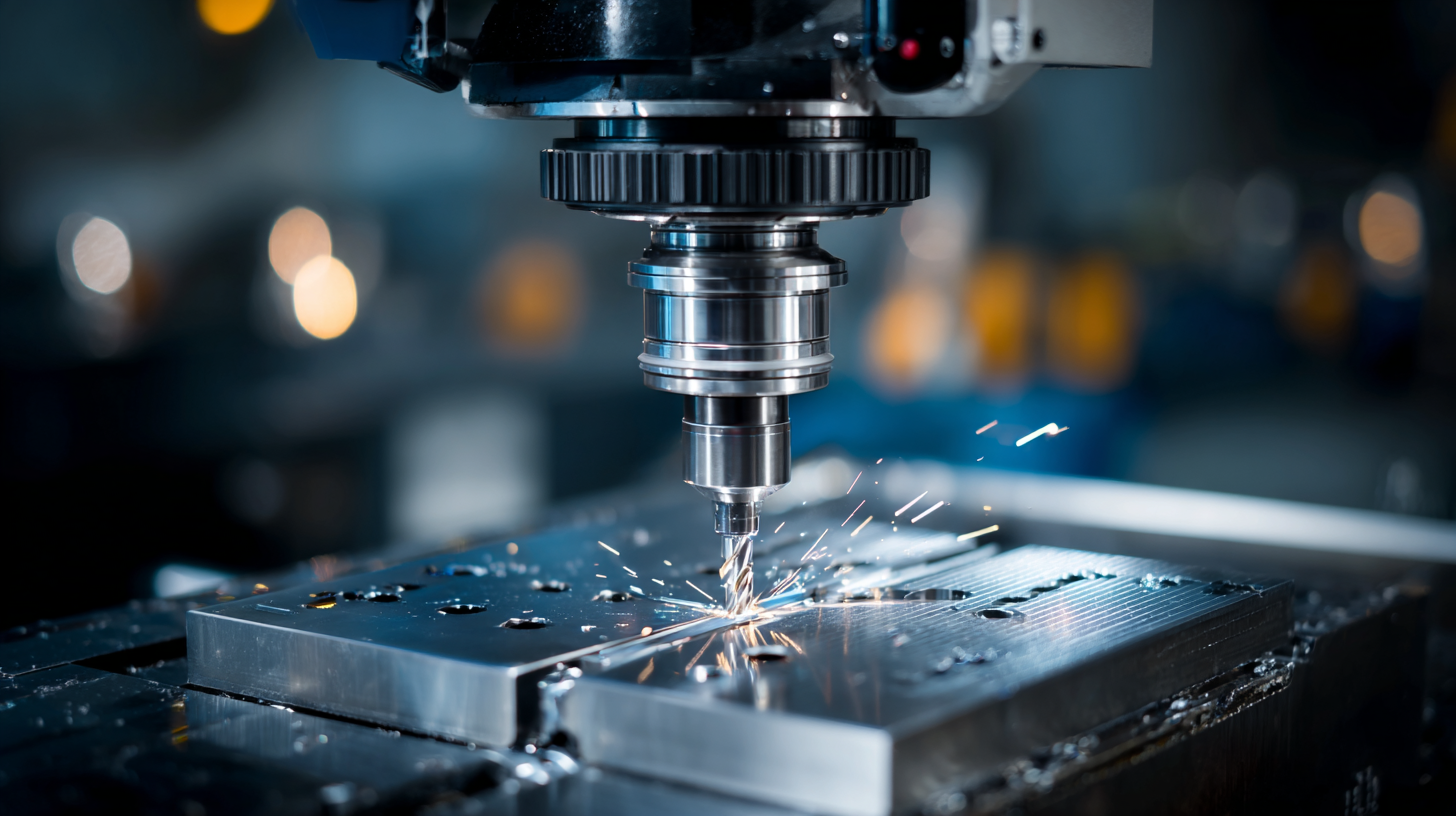
Japanese precision tools are notably instrumental in elevating India's manufacturing capabilities. Reports indicate that imports of advanced Japanese tools have contributed to a 15% rise in manufacturing output in the country over the past two years alone. By leveraging cutting-edge CNC milling technology, Indian manufacturers can achieve tighter tolerances and faster turnaround times, positioning themselves competitively in the global market. The synergy between Japanese innovations and local manufacturing efforts underscores a pivotal shift towards smarter, more efficient engineering practices that will likely characterize the future of the industry.
Related Posts
-
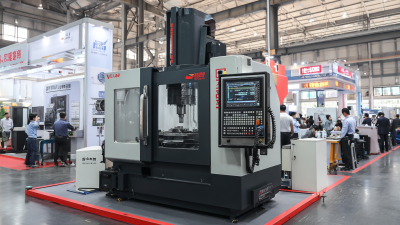
Exploring CNC Metal Milling Machines at the 138th Canton Fair 2025: Industry Trends and Innovations
-

Finding Top Quality Suppliers for Best Precision CNC Machining Solutions
-
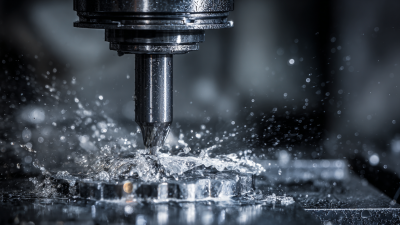
Maximizing Value: How Exceptional After-Sales Service and Low Repair Costs in Best Rapid CNC Machining Set You Apart
-
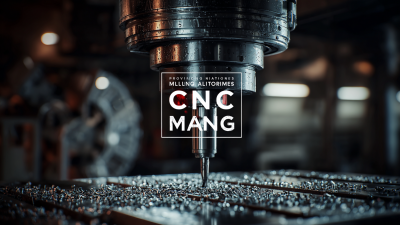
Exploring Innovative Alternatives to Best Milling Machine CNC for Global Manufacturers
-
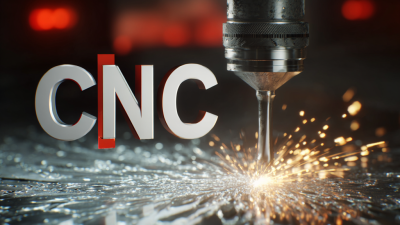
How to Choose the Best CNC Machine for Your Business Needs
-

Navigating the Future: How Best Rapid CNC Machining Will Shape Industry 2025 Trends